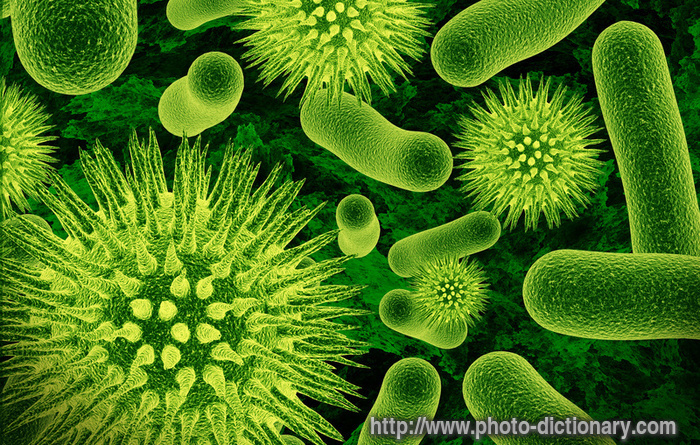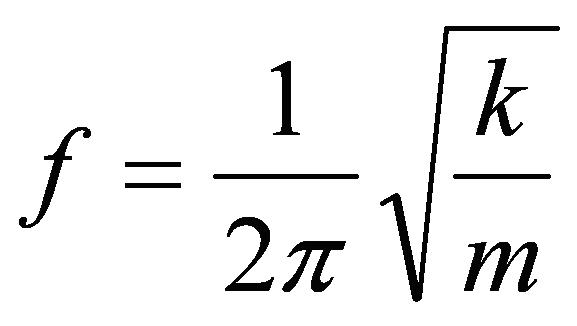What is microorganisms?
Microorganisms also known as microbes. Microorganisms are living things which are so small that they cannot be seen with the naked eye and are only visible under the microscope.
Who discovered the first microorganism?
Anton Van Leewenhoek (1632-1732) was the first person to discover the existence of microorganisms, when he used the simple microscope that he himself invented to view a drop of rainwater which he collected from his roof.
Types of Microorganisms
Based on their characteristics ( appearance, shape, size, method of reproduction, nutrition and habitat), microorganisms can be classified into 5 groups:
1)Bacteria
2)Fungi
3)Protozoa
4)Virus
5)Algae
BACTERIA
CHARACTERISTICS
SEE BACTERIA CELL STRUCTURE
-Unicellular organisms
-They have cell wall made of peptidoglycan
-Some have additional slimy capsule outside their cell wall for added protection
-Beneath the cell wall is its plasma membrane
-Bacteria do not have nuclear membrane
-Some bacteria have one or more tail-like structure called 'flagella' which are used for swimming
-Some bacteria also have hundreds of hairlike structures known as pilli
SHAPE
-Classified according to their shapes
-They can be spherical known as cocci, rod-shaped known as bacilli, comma shaped known as vibrios and spiral known as spirilla
SIZE
-Diameter ranges from 0.5 -1.0 micrometres
-Only visible using a high powered micoscope
METHOD OF REPRODUCTION
Sexually by a process called conjugation or Asexually by formation of spores or binary fission
NUTRITION
Photosynthesis, Chemosynthesis, Saprophytic and Parasitic. Bacteria stores food in the form of glycogen granules in its cytoplasm.
HABITAT
Can be found almost everywhere (foods, air, water, soil, on any surfaces (such as table tops), on the outside as well as inside of organisms especially in the intestines).
MODE OF RESPIRATION
-Some are aerobic, requiring oxygen to survive
-Some are anaerobic, do not need oxygen to survive
-Some can live in the presence or absence of oxygen
FUNGI
CHARACTERISTICS
Do not contain the green pigment chlorophyll, so they have to take in nutrients from external. Fungi may be unicellular or multicellular.
SIZE
10 - 100 micrometres
METHOD OF REPRODUCTION
Asexually through budding or formation of spores and sexually through conjugation
NUTRITION
parasitism and saprohytism
HABITAT
Dark, moist, warm environment
EXAMPLE
Yeast, Mucor/ Mould
PROTOZOA
CHARACTERISTICS
-Unicellular organisms
-Move with the help of cillia which continuously beat against the water
in diagonal pattern
METHOD OF REPRODUCTION
Asexually through binary fission or sexually by conjugation
NUTRITION
-Parasitism, saprophytism or autotrophs
-Cilia/ cilium (hair like structures) send food to oral groove
HABITAT
Soil, moist area, live in water ( Amoeba) or inside the body of organisms (Plasmodium)
EXAMPLES
Amoeba, Plasmodium, Paramecium
VIRUS
CHARACTERISTICS
SEE VIRUS CELL STRUCTURE
-smallest microorganisms
-do not carry out any characteristics of living things
-when outside a cell, it forms a crystal
do not show cell organization
SHAPE
Maybe spherical, polyhedral, rod-shaped or rocket shaped
SIZE
Sizes ranges from about 20 - 400 nm in diameter
METHOD OF REPRODUCTION
They can only multiply inside the living cells (host cell) of animals or plants or other microbes. This process harms the host, resulting in a disease.
NUTRITION
Parasitic
HABITAT
living cell (host cell)
EXAMPLE
influenza virus (spherical), tobacco mosaic virus (rod-shaped)
ALGAE
CHARACTERISTICS
-Simple aquatic plant
-No proper roots, stems, leaves or vascular system
-contains chlorophyll
SIZE
1 - 10000 micrometres
METHOD OF REPRODUCTION
Asexually through binary fission or Sexually by conjugation
NUTRITION
Photosynthesis (most algae have pigments which use the wavelength that penetrate water)
HABITAT
Freshwater and marine (saltwater), soil, bark of trees
EXAMPLE
chlamydomonas (unicellular), spirogyra
























